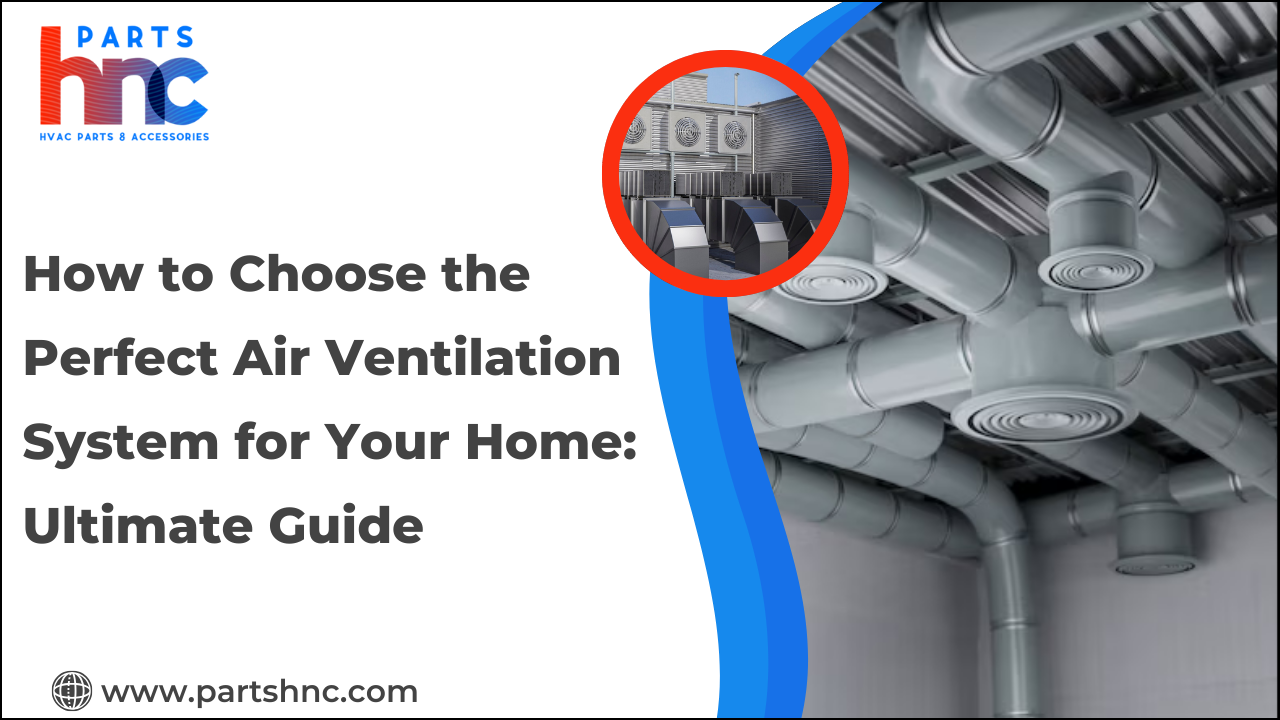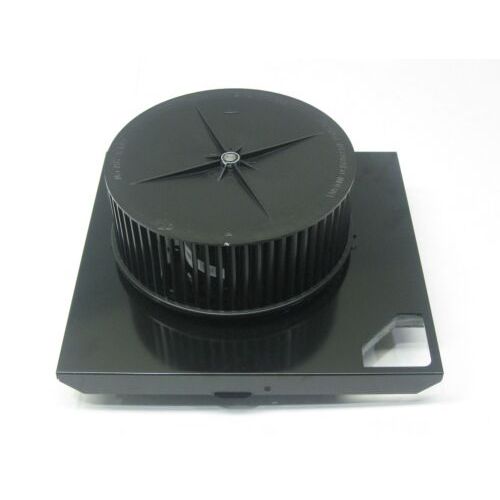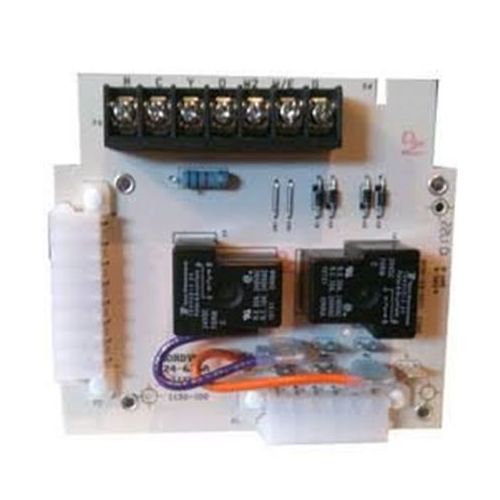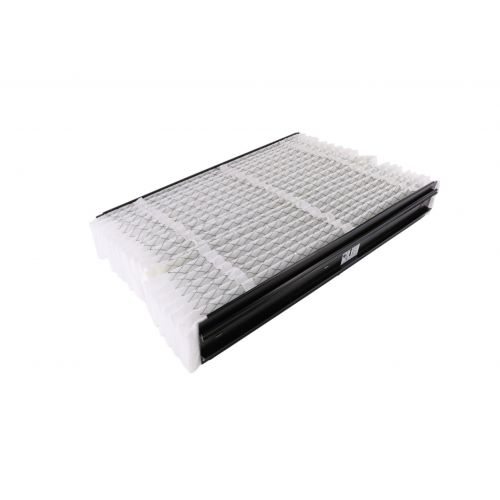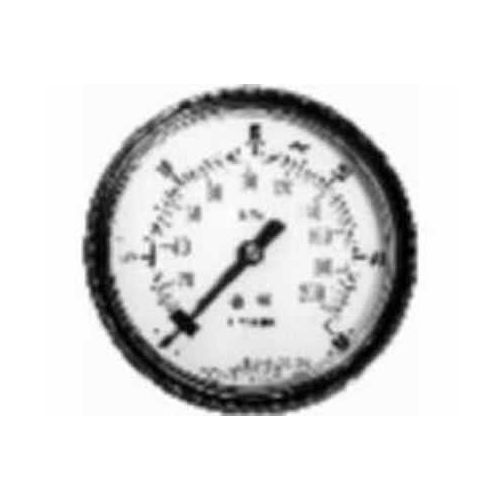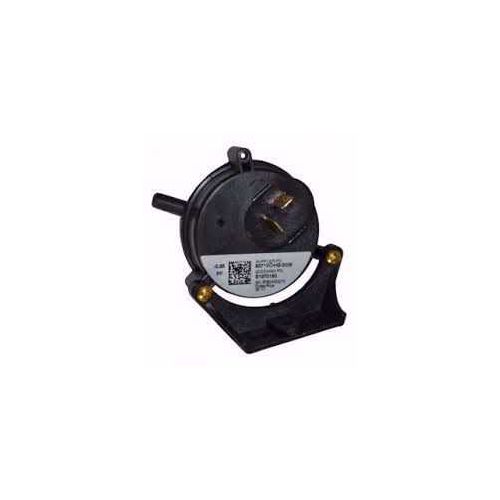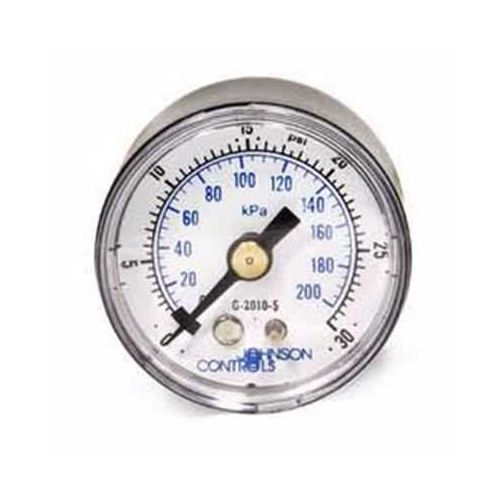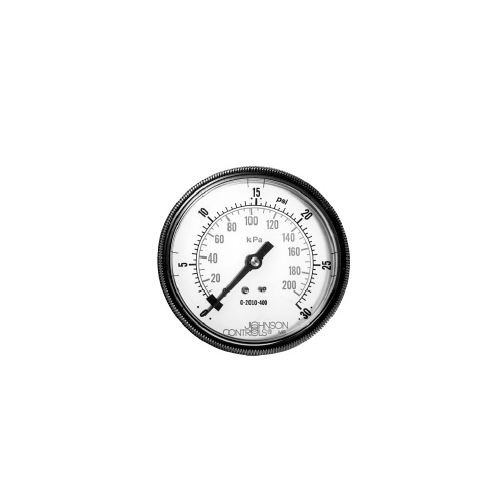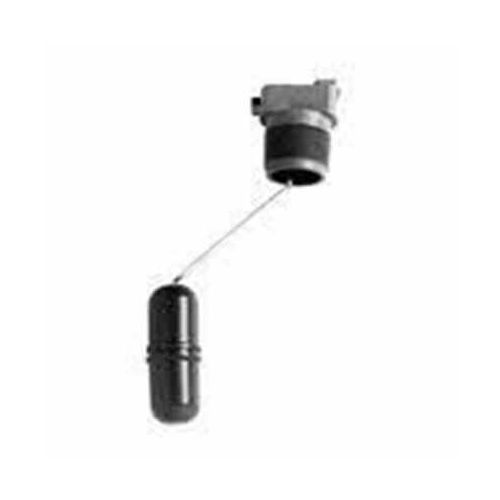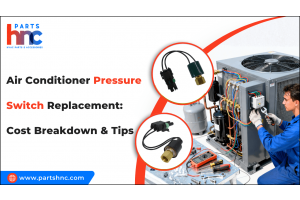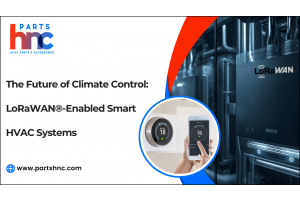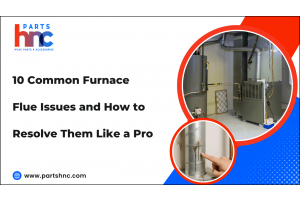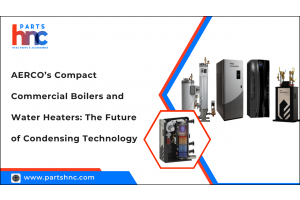How to Choose the Perfect Air Ventilation System for Your Home: Ultimate Guide
Choosing the perfect air ventilation system for your home is crucial for maintaining a healthy and comfortable indoor environment. With the right ventilation, you can ensure a constant flow of fresh air, reduce moisture buildup, and prevent indoor air pollution. However, with so many options available, it can be overwhelming to determine which system best suits your needs. Factors such as the size of your home, the local climate, your budget, and energy efficiency all play a role in the decision-making process. In this ultimate guide, we’ll walk you through the different types of air ventilation systems, their benefits, and how to select the ideal one to improve indoor air quality, comfort, and energy savings in your home.
Why Is Air Ventilation Important for Your Home?
Understanding why proper ventilation matters is essential before exploring the selection process for home ventilation systems. The removal of indoor pollutants including dust mold moisture and carbon dioxide becomes possible through proper ventilation which leads to good air quality. The ventilation system leads to lower respiratory risks and allergy occurrences and better conditions for indoor air quality to develop alongside fresh and comfortable indoor conditions.
The lack of proper airflow in spaces enables bacteria along with mold and allergens to thrive making a negative impact on human health. A properly managed ventilation system will regulate humidity together with temperature comfort by introducing clean outdoor air into the building environment.
Selecting the ideal air ventilation system is crucial for maintaining a comfortable and healthy home environment. At PartsHnC, we offer a comprehensive range of HVAC control parts from premium brands like York, Goodman, and Daikin to ensure your system operates at peak efficiency. Our inventory includes essential components such as thermostats, heat exchangers, evaporator coils, and ductwork, all designed to enhance your indoor air quality. Trust PartsHnC for reliable products that meet your home's specific ventilation needs.
How to Select the Most Energy-Efficient Air Ventilation System
The selection process for air ventilation systems starts with an understanding of their different types. The various ventilation systems function differently because they provide distinct advantages for different residential requirements.
-
Exhaust Ventilation System: The exhaust ventilation system functions by drawing out indoor air while natural openings or vents enable fresh outdoor air to enter. Such ventilation systems are both budget-friendly and suitable for smaller residential spaces. The ventilation system removes old indoor air which creates pressure that lets fresh outdoor air enter. This ventilation system performs best when the outdoor air quality remains good in the climate.
-
Supply Ventilation System: Supply ventilation systems operate with a reverse approach to ventilation. The system brings fresh air into homes by using ducts to distribute it throughout the building. These ventilation systems operate best in houses experiencing high indoor moisture or doubtful air purity outside. A continuous supply of filtered fresh air reaches the home through this ventilation system.
-
Balanced Ventilation System: A balanced ventilation system connects exhaust ventilation to supply ventilation to achieve its functionality. This system allows fresh air entry while it removes stale air from the environment. Heat recovery or energy recovery ventilators installed on balanced systems transfer heat between outgoing and incoming air to decrease heating and cooling requirements.
-
Heat Recovery Ventilation (HRV): A Heat Recovery Ventilation system extracts heat from stale air before it leaves the building to heat fresh air entering the building thus delivering efficient ventilation alongside energy conservation. This ventilation system proves most useful in cold regions because it stops heat loss during ventilation operations.
-
Energy Recovery Ventilation (ERV): The Energy Recovery Ventilation system functions like an HRV system yet adds the capability to regulate humidity levels. Rooms with humid conditions benefit most from Energy Recovery Ventilation systems because these systems easily transfer heat together with moisture between fresh and stale air ventilation streams to preserve indoor quality and stop dampness.
Also read on: What Are The Common Problems With Air Ventilation?
How Energy Efficiency Impacts Your Choice of Ventilation System
The selection of a ventilation system depends heavily on energy efficiency because it enables decreased energy usage and reduced utility expenses. The heat exchange capabilities of HRV and ERV systems reduce both heating and cooling requirements of buildings. Using an energy-efficient system delivers superior performance alongside comfort so it becomes a financially advantageous long-term decision.
-
Size of Your Home: The dimensions of your house directly affect which ventilation system you need to install. The number of rooms in your home determines the strength of ventilation systems you need because bigger properties need stronger ventilation than smaller ones. A ventilation system that is either too small or too large will result in poor air circulation along with unnecessary energy usage and increased expenses.
-
Climate Conditions: Your home environment affects how well ventilation systems operate. A Heat Recovery Ventilation (HRV) system functions as an ideal solution for cold regions because it protects against heat loss throughout winter. People who reside in humid climates should install Energy Recovery Ventilation (ERV) systems to control temperature and humidity levels and achieve better indoor comfort.
-
Energy Efficiency: The selection of an air ventilation system requires careful attention to energy efficiency performance. Energy-efficient ventilation systems offer cost-efficient heating bills and create an optimum indoor climate. Heat recovery systems together with energy recovery features reduce the amount of heated or cooled air escaping from your building which decreases your need for heating and cooling systems.
-
Indoor Air Quality Needs: The quality of air inside your home should serve as the main criterion to select your ventilation system. A home with moisture buildup or mold issues or high humidity requires the installation of advanced ventilation systems such as ERV or HRV. The systems maintain optimal humidity and temperature levels through effective operation which produces refreshed air that remains dry.
-
People who have asthma or allergies in their family should choose ventilation systems that contain filters to eliminate dangerous airborne particles. Built-in air purifiers within certain systems enhance total air quality by clearing out harmful chemicals together with pollutants and allergens.
-
Noise Levels: Most air ventilation systems operate quietly by design but specific models might generate noise when installation or maintenance is inadequate. Select ventilation systems which feature quiet operation as an advertised feature if your home needs to avoid noise disturbances particularly in bedrooms or living areas.
-
Maintenance and Installation: The selection of a ventilation system should include factors related to its maintenance requirements and installation process. Exhaust fans represent easy installation options but professional help is needed for HRV or ERV systems installation. Replacement of ventilation system filters should be done periodically along with filter cleaning operations to guarantee system efficiency and prolonged lifespan.
How Installing the Right Ventilation System Improves Indoor Air Quality
The proper installation of ventilation systems delivers both fresh air that enters continuously and clears away odor and contaminants which results in better indoor air quality. The system functions to eliminate allergens together with mold and dangerous particles which trigger respiratory problems. A system designed correctly maintains humidity levels to stop moisture accumulation which creates a healthier indoor environment.
-
Improved Indoor Air Quality: Properly selected air ventilation system delivers the most noticeable advantage through enhanced indoor air quality. Proper ventilation system circulation brings clean outside air inside to renovate your home environment thus reducing allergy risks and respiratory conditions.
-
Enhanced Comfort: The right ventilation system maintains equivalent airflow and temperature controls your entire house. The system creates better comfort conditions because it stops rooms from getting stuffy or humid while maintaining fresh air circulation. A ventilation system equipped with humidity control features stops condensation and mold growth that produces offensive smells and unhealthy indoor environments.
-
Energy Efficiency: The correct installation of ventilation systems helps lower the expense of your utility bills. Heat recovery and energy recovery systems extract heat from outgoing air to decrease the heating or cooling requirements for incoming air. Your house stays at your preferred temperature because there is no need for overexcessive heating or air conditioning usage.
-
Reduction of Moisture Issues: Insufficient ventilation in your house enables moisture buildup that causes mold growth along with wood rot and damage to your building structure. The proper ventilation system regulates indoor humidity which stops condensation and moisture-related damage from occurring.
-
Increased Home Value: A superior ventilation system installation can make your house more valuable. House buyers value properties that combine energy-efficient design with proper ventilation because it shows comfort for living along with reduced maintenance expenses throughout time.
Check out: HVAC Technology Advancements: Key Upgrades for 2025 and Beyond
Final Thoughts on Choosing the Perfect Air Ventilation System for Your Home
Selecting the proper air ventilation system becomes essential because it ensures comfort together with health advantages as well as energy cost savings. The selection of an exhaust or supply or balanced or HRV or ERV system depends on your home’s dimensions and climate conditions together with energy efficiency requirements and air quality standards. Your home will receive fresh clean air throughout the entire year and simultaneously increase its market value and reduce energy costs through proper ventilation system installation.
FAQs
What does the ventilation system need for comfortable living conditions?
The ventilation system needs proper airflow, filtration, and humidity control to maintain comfortable living conditions. It ensures fresh air circulation, reduces pollutants, and maintains optimal indoor temperatures.
How do you measure good ventilation?
The airflow rate can be measured by using devices such as flow meters, anemometers, or pressure gauges. The airflow rate should match the design specifications and the occupancy and activity levels of the space
How do you size a ventilation system?
For continuous indoor air quality ventilation, a heat or energy recovery ventilator (HRV or ERV) should provide 0.35 air changes per hour. This calculation must consider the complete occupied volume of the house. This rate can be more easily calculated by allowing 5 CFM per 100 square feet of floor area.


